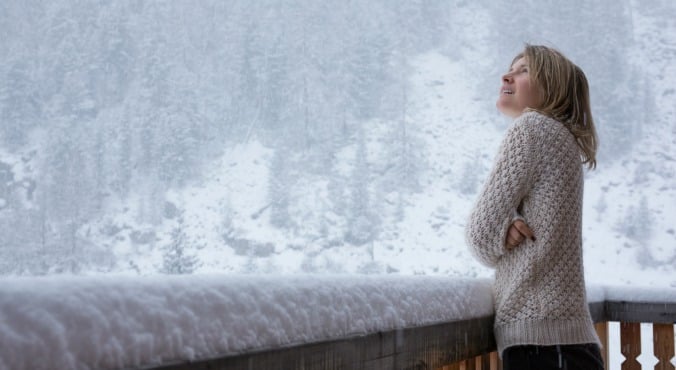
Image via iStock.
By:Duncan Mitchell, University of Western Australia; Andrea Fuller, University of the Witwatersrand, and Shane Maloney, University of Western Australia
When HMS Beagle docked at the southern tip of Tierra del Fuego, Charles Darwin remarked on the capacity of the locals to deal with cold:
A woman, who was suckling a recently born child, came one day alongside the vessel and remained there out of mere curiosity, whilst the sleet fell and thawed on her naked bosom, and on the skin of her naked baby.
Japanese pearl divers dive for long periods in cold water without the comfort of wetsuits, whereas many of us whimper as the waters of the relatively warm Pacific or Indian Oceans reach our midriff.
RELATED:“Will the flu vaccine give me the flu?”
Why is there such variation in our reaction to cold?
The perception of cold begins when nerves in the skin send impulses to the brain about skin temperature. These impulses respond not only to the temperature of the skin, but also to the rate of change in skin temperature.
So we feel much colder jumping into cold water, when skin temperature drops rapidly, than after we have stayed there for a while, when our skin temperature is low but constant.
Here are a few ways to quickly warm yourself up and get a workout at the same time. (Post continues after gallery.)
Fast, high-intensity exercises
The burst of nerve impulses generated by falling skin temperature provides early warning of an event likely to cause body core temperature (the temperature of the internal organs) to fall. If unchecked, a fall in body core temperature can result in lethal hypothermia.































































































